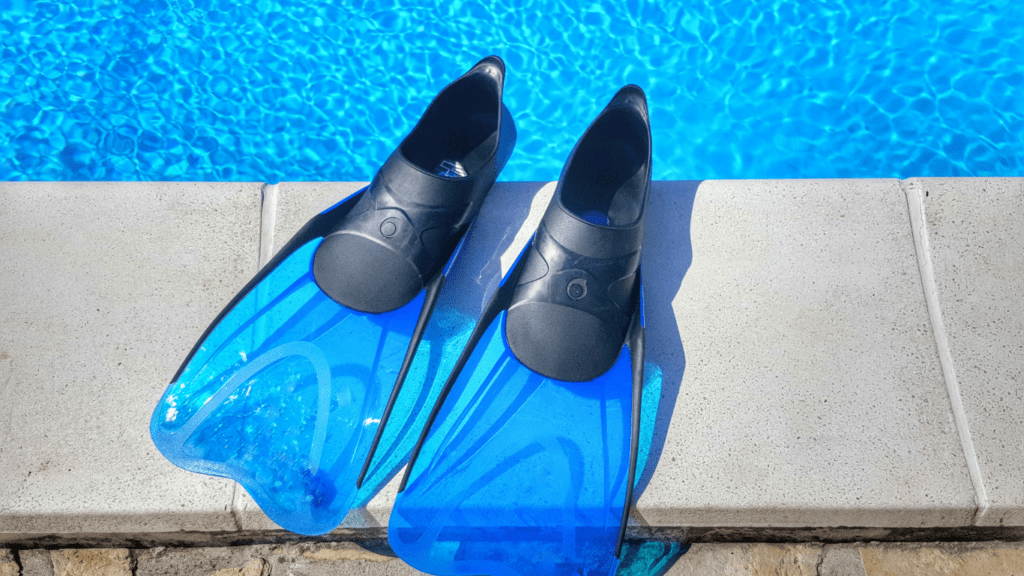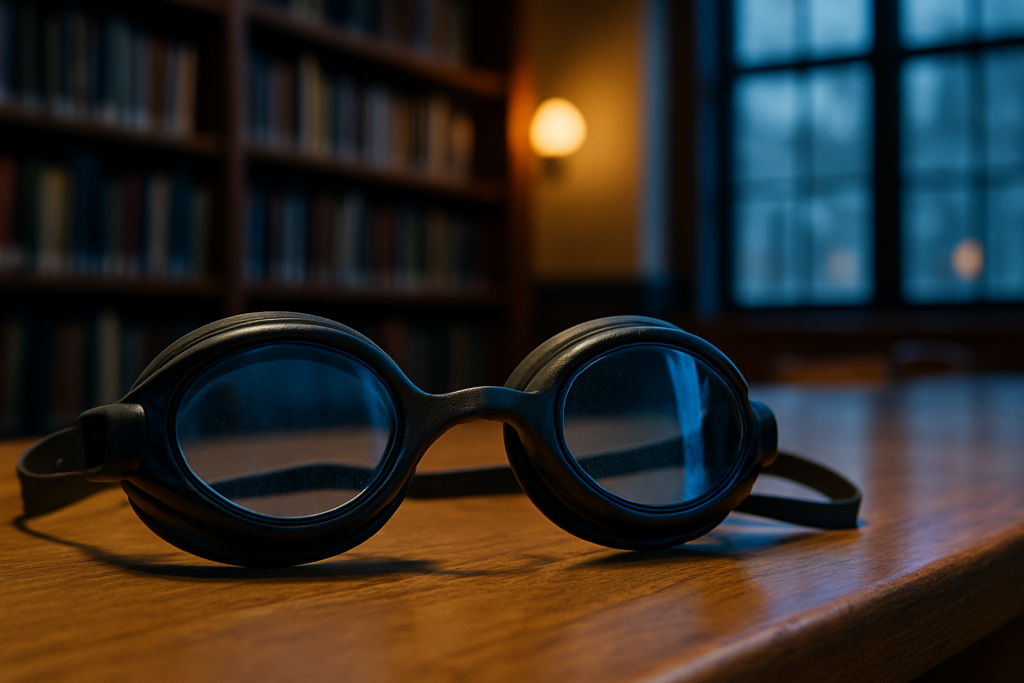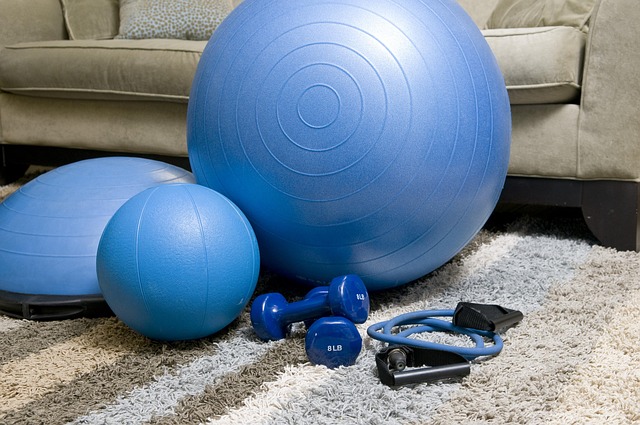Swim fins are essential gear for any swimmer looking to enhance their performance in the water. Whether you’re a beginner or a seasoned pro, choosing the right pair of swim fins can make a significant difference in your swimming experience. In this article, I’ll guide you through the process of selecting the perfect swim fins to suit your needs and help you use them effectively to improve your swimming technique.
From short blade fins for sprint workouts to long blade fins for building leg strength, the options can be overwhelming. Understanding the key factors to consider when selecting swim fins, such as blade length, material, and foot pocket design, will ensure you make an informed decision. Additionally, knowing how to properly use swim fins during different types of swim workouts can maximize their benefits and take your swimming to the next level.
Understanding Swim Fins: Types and Variations
When considering swim fins, it’s crucial to understand the different types available and the factors influencing their performance. Here, I’ll delve into the varieties of swim fins you can choose from and the key factors that affect how they enhance your swimming experience.
Different Types of Swim Fins
- Training Fins: These fins are excellent for swimmers of all levels looking to improve their technique and build strength. Training fins typically have longer blades to provide added resistance, helping to enhance leg muscles and overall endurance.
- Short Blade Fins: Ideal for sprint workouts, these fins are designed to allow for quick, powerful kicks. Swimmers can work on increasing their kicking tempo and speed with the help of short blade fins, making them a valuable tool for speed-focused training sessions.
- Monofins: Offering a unique swimming experience, monofins consist of a single, undivided fin that binds both feet together. They promote a dolphin-like swimming motion, emphasizing core strength and body coordination.
- Recreational Fins: Perfect for casual swimmers and snorkelers, recreational fins are typically shorter in length and provide a comfortable fit for leisurely swims. These fins prioritize comfort and ease of use over increased propulsion.
- Blade Length: The length of the fin blade plays a crucial role in determining the level of resistance and propulsion provided. Longer blades offer more resistance, making them ideal for strength-building workouts, while shorter blades prioritize speed and agility.
- Material: Swim fins are commonly made from materials like rubber, silicone, or plastic. The material affects the flexibility, durability, and buoyancy of the fin. Rubber fins are known for their durability, while silicone fins offer greater flexibility.
- Foot Pocket Design: The foot pocket is where your foot sits in the fin. It’s essential to choose a fin with a comfortable and secure foot pocket to prevent chafing and blisters. A well-designed foot pocket ensures a snug fit, allowing for efficient energy transfer with each kick.
By understanding the different types of swim fins available and the factors influencing their performance, you can make an informed decision when selecting the ideal fins for your swimming needs.
How to Select the Right Swim Fins
When choosing swim fins, one essential factor to consider is the fit and comfort they provide. It’s crucial to select fins that fit snugly without causing discomfort or chafing. Ill-fitting fins can lead to blisters and hinder your swimming performance. Ensure the fins have a comfortable foot pocket that doesn’t cause any rubbing or pinching.
When it comes to swim fins, the material and flexibility play a significant role in their performance. Opt for fins made from high-quality, durable materials that offer the right balance of flexibility and propulsion. Stiffer fins provide more power but may require greater leg strength, while softer fins are more forgiving and suitable for longer swims. Consider the flexibility of the fins based on your skill level and swimming goals to enhance your overall swimming experience.
Effective Techniques for Using Swim Fins

Swim fins are an invaluable tool for swimmers looking to improve their performance. Here are some effective techniques for utilizing swim fins based on your skill level:
Basic Techniques for Beginners
As a beginner, it’s essential to focus on building a strong foundation with swim fins. Start by practicing flutter kicking with your fins to get a feel for the added propulsion they offer. Ensure your legs are straight but not rigid, allowing the fins to do the work of propelling you through the water. Gradually increase your speed and distance as you become more comfortable with using swim fins. Remember to kick from your hips and not just your knees to maximize efficiency. Refrain from pressuring your hips if you have done hip replacement in Singapore recently.
Advanced Techniques for Experienced Swimmers
Experienced swimmers can take their fin usage to the next level by incorporating drills that focus on specific aspects of their technique. Practice dolphin kicks with a monofin to improve core strength and underwater propulsion. Experiment with different speeds and intensities to challenge yourself and enhance your overall swimming performance. Additionally, you can work on refining your flip turns and starts using swim fins to push off the walls with increased power. Keep pushing your limits and experimenting with various techniques to continue improving your skills in the water.
Care and Maintenance of Swim Fins
Taking care of your swim fins is essential to ensure their longevity and optimal performance. Here are some key tips for cleaning, storing, and prolonging the life of your swim fins:
Routine Cleaning and Storage
It’s important to rinse your swim fins with fresh water after each use to remove any salt, sand, or chlorine that can cause damage over time. Use a mild soap or detergent and a soft brush to gently clean the fins, paying particular attention to the foot pockets and blades. Avoid exposing your swim fins to direct sunlight or high temperatures, as this can degrade the materials and weaken the fin blades. Store your swim fins in a cool, dry place away from direct sunlight to prevent warping or discoloration.
Tips for Prolonging Fin Life
To extend the life of your swim fins, avoid walking on hard surfaces while wearing them, as this can cause premature wear and tear. Additionally, refrain from pulling on the fin blades or using excessive force when putting on or removing the fins, as this can damage the materials. Regularly inspect your swim fins for any signs of damage, such as cracks, tears, or loose straps, and address any issues promptly to prevent further damage. Consider investing in fin socks or protective covers to minimize abrasion and protect your swim fins during transport or storage. By following these simple care and maintenance tips, you can keep your swim fins in top condition for many swim sessions to come.


 is a seasoned fitness expert with a special focus on swimming and holistic health strategies. With years of experience as a competitive swimmer and fitness coach, Patricia offers readers a wealth of knowledge on optimizing performance and maintaining a balanced lifestyle. Her writing on Swim Fast Stay Fit reflects her commitment to empowering others with practical advice and motivational insights. Patricia’s approach integrates advanced training techniques with accessible wellness tips, aiming to help individuals achieve their personal fitness goals and enhance their overall quality of life. Through her engaging articles, Patricia inspires readers to embrace a comprehensive approach to health, combining effective exercise routines with mindful nutrition and self-care practices.
is a seasoned fitness expert with a special focus on swimming and holistic health strategies. With years of experience as a competitive swimmer and fitness coach, Patricia offers readers a wealth of knowledge on optimizing performance and maintaining a balanced lifestyle. Her writing on Swim Fast Stay Fit reflects her commitment to empowering others with practical advice and motivational insights. Patricia’s approach integrates advanced training techniques with accessible wellness tips, aiming to help individuals achieve their personal fitness goals and enhance their overall quality of life. Through her engaging articles, Patricia inspires readers to embrace a comprehensive approach to health, combining effective exercise routines with mindful nutrition and self-care practices.
